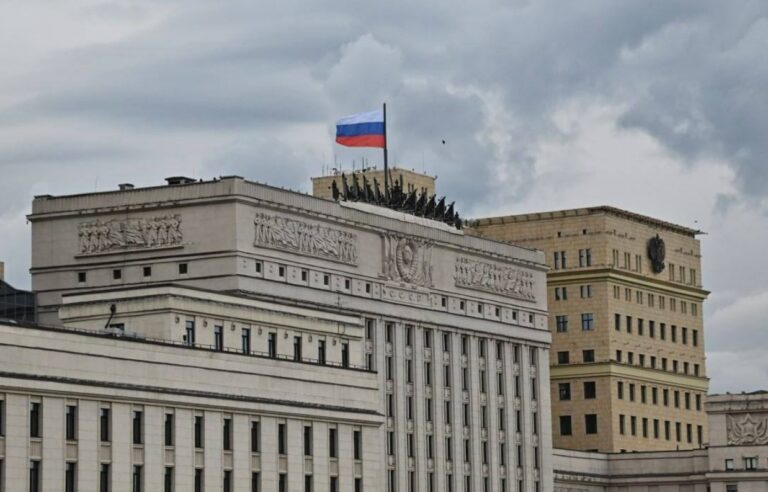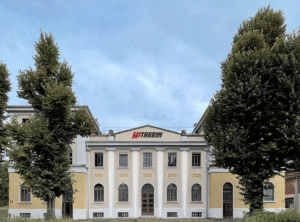“If you plan to attend a rally near a Russian facility in any European capital, you should look up first.” That’s the advice of an international group of journalists who conducted an investigation into antennas sprouting on the roofs of several buildings of the Russian Federation’s diplomatic representations in Europe.
The reporters claims that there are at least 182 antennas on Russian diplomatic buildings in European countries, discovered through the analysis of satellite images. And, these devices would perform more than just normal communication functions.
This may be related to the expulsions of hundreds of Russian diplomats from European countries.
Table of Contents
Spy-antennas on Russian diplomatic buildings found across Europe
According to the report, the embassy with the largest number of antennas installed is the one in Brussels with 17 devices. But the offices in Madrid, Prague, Belgrade, Lisbon, Sofia and Nicosia also have at least 10.
Not to mention that not all antennas are visible from the outside, so the total number is probably higher. Smaller, but no less significant, facilities are active in former Soviet-influenced territories. Research also reveals suspicious activity in Poland, the Baltics, Slovakia, and Hungary.
The presence of antennas per se does not suggest any crime or violation. Classic satellite dishes are found in most embassies. And each of them has its own range of legal and understandable tasks.
But the array of equipment found on the Russian diplomatic buildings in question allows them to listen to signals from the territory in which they are located, intercepting even cell phones. The range of some devices goes far beyond national borders. The Thuraya antennas in Brussels, for example, can pick up conversations in half of Europe.
Spy-antennas, risk of espionage
Pin antennas, on the other hand, are virtually universal, but they cannot provide communications between the embassy and the Russian Foreign Ministry. Instead, they allow signals of all kinds to be intercepted in the host country.
The devices would be found not only in diplomatic buildings, but also in private apartments, cars, or even agents’ backpacks. Embassies, however, have important advantages for which they are preferred by intelligence services.
First, the interception of signals from diplomatic territory is prohibited by law. And secondly, the territory of diplomatic representations is much safer than anywhere else in a foreign country.
Antennas installation coincides with the expulsion of Russian diplomats
This system could coincide with expulsions of Russian diplomats, who are often reported as spies.
Since the beginning of 2022, a record number of about 400 representatives of the diplomatic corps have had to leave European countries. Many of them were educated in radio communications and information technology.
“We know that these kinds of interception operations are not new. They have been happening since the beginning of the Cold War. And of course also in Brussels, where many European institutions are based. We should not be naive, this is happening today,” said Belgian Justice Minister Vincent Van Quickenborn.
“The amount of equipment on the rooftops of the Russian embassy is significant,” added the minister, who linked this to the presence of the NATO and EU headquarters in Brussels.
Other testimonies say that Russian embassies are also interested in protests against the Kremlin and those who participate in them.
According to a former Hungarian counterintelligence official, interviewed by a Frontstory reporter, when there are demonstrations “the Russians can monitor phone traffic and collect data and identifiers, such as IMEI numbers of cell phones in the vicinity.”
The source added that there is little that can be done to counter such activities. “In fact, there is nothing you can do; this is Russian territory. The best you can do is turn off or leave your phone at home.”












